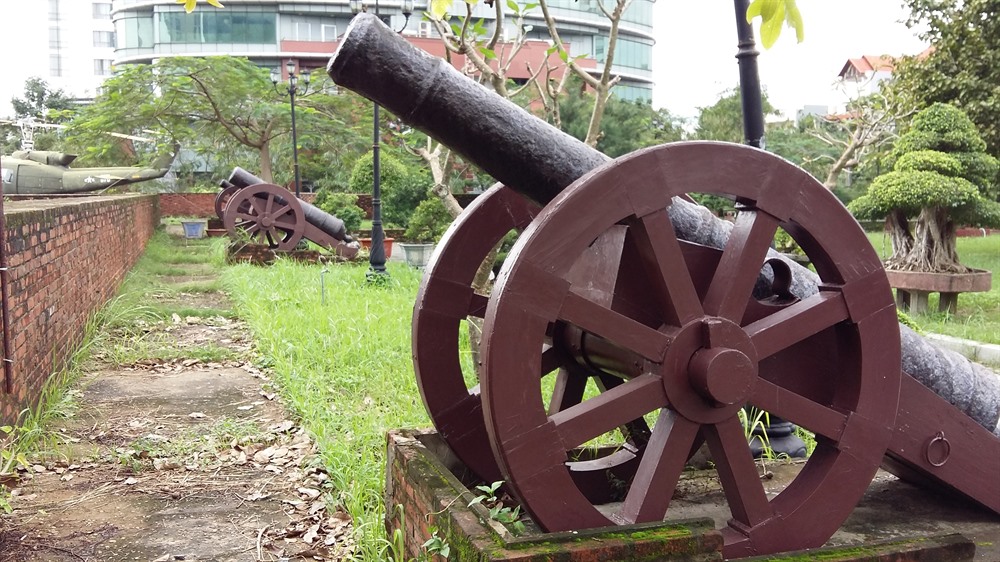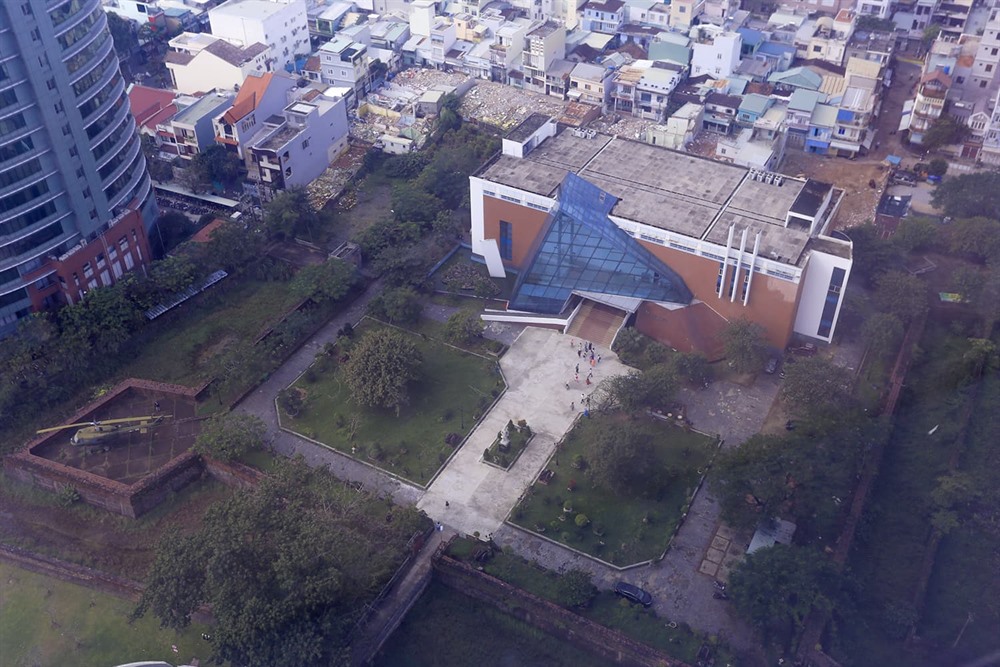Viet Nam News
by Hoai Nam
Da Nang has been voted one of the best cities to live in throughout Viet Nam. People around the world arrive to walk along its beaches and enjoy the streets of the nearby ancient city of Hoi An. But little did they know that the city, due to its strategic location, was an important trading route from north to south.
The central city has been a key port in terms of geopolitics and a crucial military post for Viet Nam since the first fight against French-Spanish coalition forces in 1858-60.
At a seminar to discuss the battle, vice chairman and general secretary of the Viet Nam Association of Historical Sciences Duong Trung Quoc said it had marked the first victory of the country over foreign invaders.
He also said the battle gave Da Nang and Viet Nam an important role in the ‘game’ among powers (French, British Empire and later the US) in world history.
“The fight also proved the contribution and responsibility of the Nguyen Dynasty (1802-1945) in the protection of the country. It highlighted the key role of Da Nang as a strategic entrance to East Sea and Southeast Asia,” Quoc said.
“The 1858 battle is seen as the first head-to-head confrontation against westerners after the country had undergone struggles against Chinese dynasties.”
 |
| A cannon is seen at the Da Nang Museum. The cannon was used in the fight against the French-Spanish force in 1858-60. — VNS Photo Cong Thanh |
Researchers, historians and scientists discussed the fight and the role of Da Nang in history, trade, investment and shipping routes as well as the current development of the city and central Viet Nam.
Tran Van Kim from the National University said Da Nang was seen as a key and safe port for both military and trade in the Asia-Pacific region during the 19th century.
“The first cannon fire and attacks by French-Spanish coalition forces, which occurred on September 1, 1858, set up the first step for the French colonial governance in Viet Nam for 100 years (1858-1954),” Kim said.
He said the French Navy had earlier sent ships to Da Nang (1817-1840) in the fight for colonies in Asia, and the French bolstered the move to Viet Nam when the British Empire occupied Hong Kong following the Treaty of Nanjing signed in 1842.
Kim said the French-Spanish forces (2,500 soldiers including 850 Spanish) and 14 war ships, led by Admiral Rigault de Genouilly, had anchored in the Son Tra Peninsula before launching attacks on Da Nang’s Dien Hai Citadel in 1858-60.
Professor Ngo Vinh Long from Maine University, the US said the 1858-60 fight resulted from series tensions in negotiations between France and the Nguyen Dynasty, and outbreaks of these tensions occurred in 1857 when King Tu Duc decided to execute two Spanish priests.
 |
| An overal view of the Dien Hai Citadel in Da Nang. — VNS Photo Nga Son |
He said a ship from the US Navy (the Constitution), led by Captain John Percival, was sent to Da Nang in 1845 to force the Nguyen Dynasty to release a French priest named Dominique Lefebvre who had been sentenced to death. However, the ship left the port, firing its cannons after the negotiations failed.
According to historian Luu Anh Ro, Admiral Rigault de Genouilly had sent an ultimatum to the Nguyen Dynasty on September 1, 1858, demanding they gave up the An Hai and Dien Hai fortresses within two hours.
The cannon fire began around 9.45am – two hours after the ultimatum was sent and there was no reply from the Nguyen Dynasty.
Ro, who is deputy general secretary of Da Nang’s Historical Science Association, said some documents from France describe that 10 ships all fired on fortresses and defensive posts, and the Mitralle hit an arsenal of An Hai (on the east side of the Han River now).
The Annam troops reacted fiercely, but the bullets could not damage the French ships, Ro said.
French-Spanish forces (450 troops) then landed and took the ports of An Hai, Phong Hai and Tran Duong after a 30-minute bombardment, and thus the Son Tra Peninsula and An Hai were taken by French-Spanish forces.
The French then took the Dien Hai Citadel with their second attack on September 2, 1858. A document recorded 20 Vietnamese soldiers were killed and 12 wounded.
Ro said the Vietnamese troops, under the command of General Nguyen Tri Phuong, switched to guerrilla warfare and went underground, and subsequently took the lives of 60 French and Spanish soldiers, including a commander.
According to Ro, the strategy stopped the French moving faster and deeper into Da Nang, limiting them to just two miles up the Han River.
Researcher Le Tien Cong said three French ships were sunk by Vietnamese troops in early 1859.
He said French troops isolated on the Son Tra Peninsula were almost blocked from moving to the capital of the Nguyen Dynasty in Hue 100km away.
Cong said a royal document from the Nguyen Dynasty showed that the French withdrew from Da Nang in late March of 1860.
Researcher Le Son Phuong Ngoc said the 1858-60 attack was not only a threat to the Nguyen Dynasty in Hue, but a crucial step to building Da Nang into a key military post.
Writer Nguyen Ngoc explained that the French invaded Viet Nam from 1858-60 with an ambition of seizing a large source of silk.
Historical researcher Nguyen Quang Trung Tien from Hue University added that the 1858-60 battle was an example of the strong spirit of the Vietnamese people and army in an unbalanced battle against a powerful force.
1858-60 vestige revisited
The Dien Hai Citadel (now the Da Nang Museum at 24 Tran Phu Street) is the only vestige left from the battle 160 years ago.
The citadel was first constructed as a military outpost in the 12th year of King Gia Long’s reign (1813) near the mouth of the Han River to control access to Da Nang Port and serve as an important defensive position.